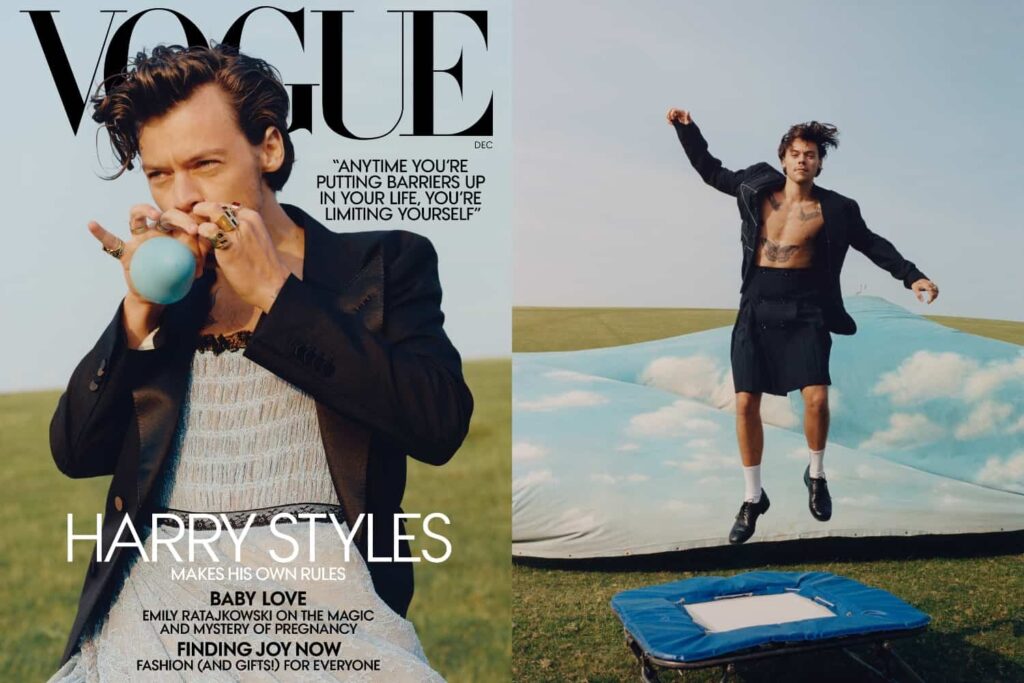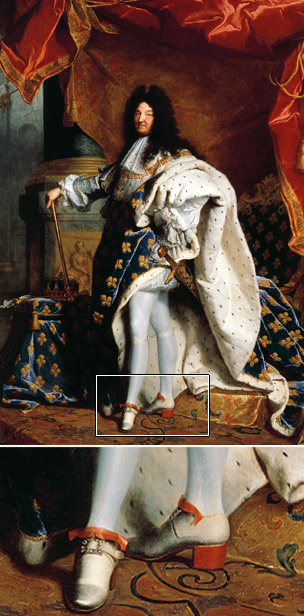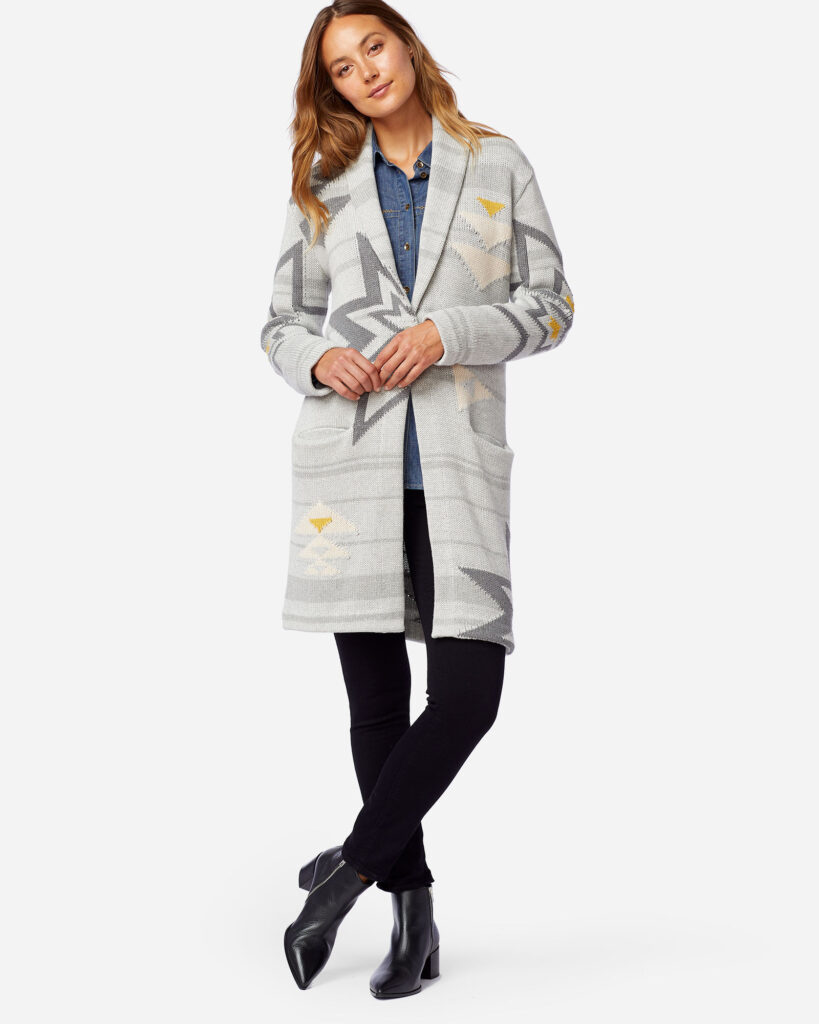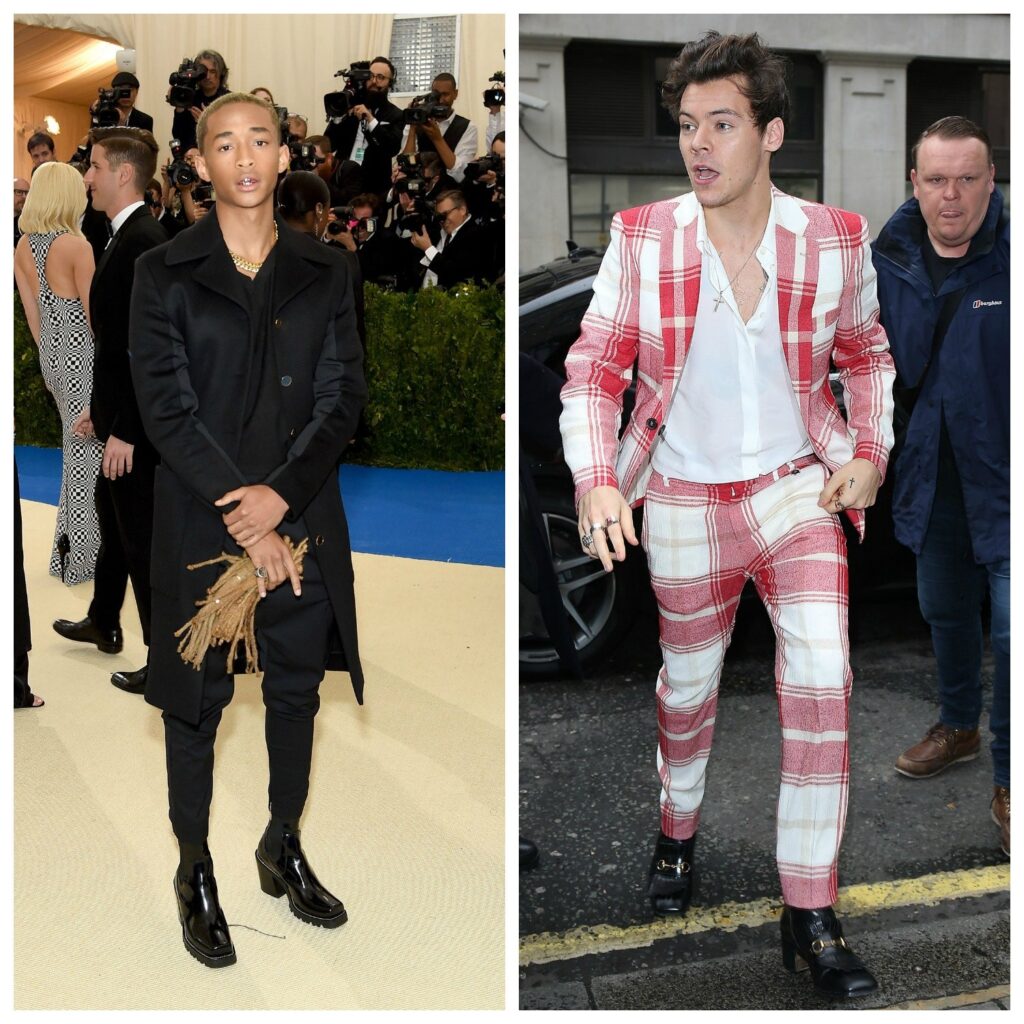A Case for Men to Ignore Gender Categories in Fashion

“Any time you’re putting barriers up in your life, you’re limiting yourself,” advises Harry Styles on the December 2020 cover of Vogue Magazine. This pearl of wisdom may be valuable advice, but it is the accompanying photo that has made history. Styles has become the first ever male to grace the cover of Vogue Magazine solo. What’s more, he has done so wearing a gown paired with a tuxedo jacket. Printed over his mid torso is the declaration “Harry Styles Makes His Own Rules.” These rules, along with the barriers referenced in his quote, probably apply to all aspects of Styles’s life. His is the kind of fame, wealth, and admiration that provides exemption from cultural norms and societal judgement. However, the most venerated fashion publication in the world and one of the most successful pop stars of this generation are making a very specific statement here: gender barriers in fashion have become obsolete.
The editors of Vogue and Mr. Styles want to make the fashion conscious public aware that gender categorization in the fashion industry is an artificial construct that makes most shoppers feel safe and allows them not to think too hard about what they put on. It also allows the industry creating our clothes to organize their inventory into tidy industrial spreadsheets. These categories, based on age old social norms, create a dividing line between what options each sex is provided by the fashion industry. As is far too often the case, style has become conflated with fashion. Fashion has rules created by various parties to serve their interests while style has no rules beyond personal self expression.
Ostensibly, men’s and women’s fashion are two parallel lines that have evolved independently and flow on without intersection. In reality, these lines have merged, intersected, and crisscrossed so many times throughout history that they appear more like a toddler’s scribble with two crayons. Take the heel for example: heeled shoes began as a practical feature for riding horses, worn predominantly by men. Then by the twentieth century, exaggerated heels had become a female fashion until the late 1960s when platform shoes became popular for both sexes and heels circled back to where it started (just without the horses).
The glaring issue brought up by a man in a dress is the connection between sexuality and dressing outside of your gender norms. It is important to make the distinction here that style choices should be thought of independently from sexual preferences, despite the vast historical connections. Crossdressing and homosexulity have gone hand in hand for a very long time but modern society has progressed to a point where, regardless of who’s comfortable with it, sexuality exists on a spectrum. Not only should personal style be recognized in a similar spectrum, but the two spectrums should operate exclusively of each other. Now is the time to remove sexuality assumptions from wardrobe choices.
I’m not suggesting that men will or should start wearing dresses on a regular basis, only that it should be accepted as an option in social settings. In reality, crossing fashion gender lines has been and will continue to be much more subtle. Women have worn traditionally male garments for a couple generations now without society batting an eye. This transition makes sense because traditional male garments are almost universally more comfortable than their female counterparts. Blazers and slacks are business casual attire far better suited for getting work done than a dress. So with the reverse being true, men have seldom donned women’s clothing without trying to make a statement.
While most women’s clothing has a prohibitive lack of functionality, it does offer more aesthetically fun options. There are more textures to play with. Fabrics often appear finer and feel softer. As a rule, men’s line designs are more aesthetically conservative across most fashion brands because that is what works for their target markets. Adventurous menswear designs don’t often sell well for mid-level fashion brands. When brands do take those chances, they only create a couple options per season and produce very limited runs. But women’s lines of the same brands carry a wide range of options in any given season that can provide a spark for any gentleman’s style. Take for example, this Pendleton women’s cardigan. Their men’s line does not offer anything resembling this sweater because the entire line is decidedly more conservative than the women’s line.
Gender is ingrained in the very bones of the fashion industry as it has existed until recently. Design teams are divided, rarely interacting on a creative level, and tasked with creating products within specific parameters. Until recently, every single item created by the fashion industry has been labeled as either male or female since it’s very conception. This system is enormous and unwieldy, barely functioning as it is, and any attempt at sweeping fundamental change is doomed to fail. Therefore, it is up to fashion consumers to remove gender distinctions from their own perspectives. The fashion industry’s gender categorization system isn’t going away any time soon, but it doesn’t have to if you simply choose to ignore it.
Major fashion brands have pivoted their marketing to gender fluid wardrobes for years now. Thom Browne, one of the foremost names in the 2010s suiting renaissance, loves to mix dresses, blouses, and heels with tailored suiting. Gucci has established themselves as the most influential brand in fashion by mixing masculine and feminine attributes with a vintage tilt. New brands like Bode, Alex Mill, and Kardo have taken it a step further by making their lines gender neutral from the beginning. As start-ups, they are unencumbered by the gender categorized infrastructure that allows conventional brands to function.
The previous decade saw a golden age in menswear that made it requisite for American men to care about fashion. A resurgence in classic workwear, fine tailoring, and robust facial hair ironically caused an atmosphere of hyper masculinity in men’s fashion. Many important lessons were learned like the importance of grooming, how a suit should fit, and how to spot good denim but some old stereotypes were further solidified in the process. The emergent dismissal of gender categories can be seen as the next step in menswear’s progression. (Streetwear, with its gender neutrality, deserves credit for bridging the gap.) Now that we’ve learned the importance of style in self expression, it’s time to open ourselves up to everything fashion has to offer rather than limit ourselves to items categorized as menswear.
Us mere mortals can’t just live life by our own rules like rockstar Harry Styles. Most of us would probably end up ostracized by our peers, if not in jail. However, we can live by the sage advice Mr. Styles provides on the cover of Vogue. Don’t limit your style by adhering to the gender barriers put up by fashion. If something looks fun, sparks your interest, or helps you express yourself in any way, rock it with confidence. Cause when you do, and you’re making it work, you’re spreading the Gospel according to Harry.



